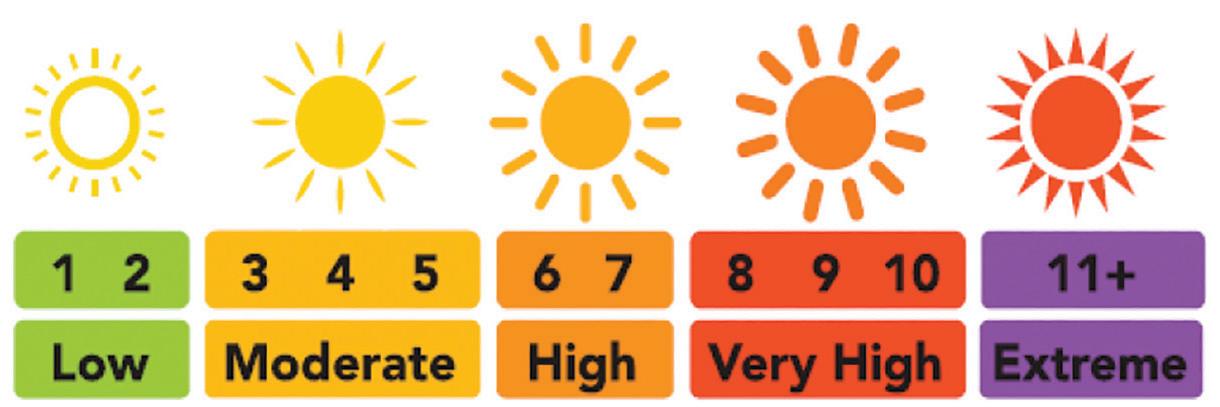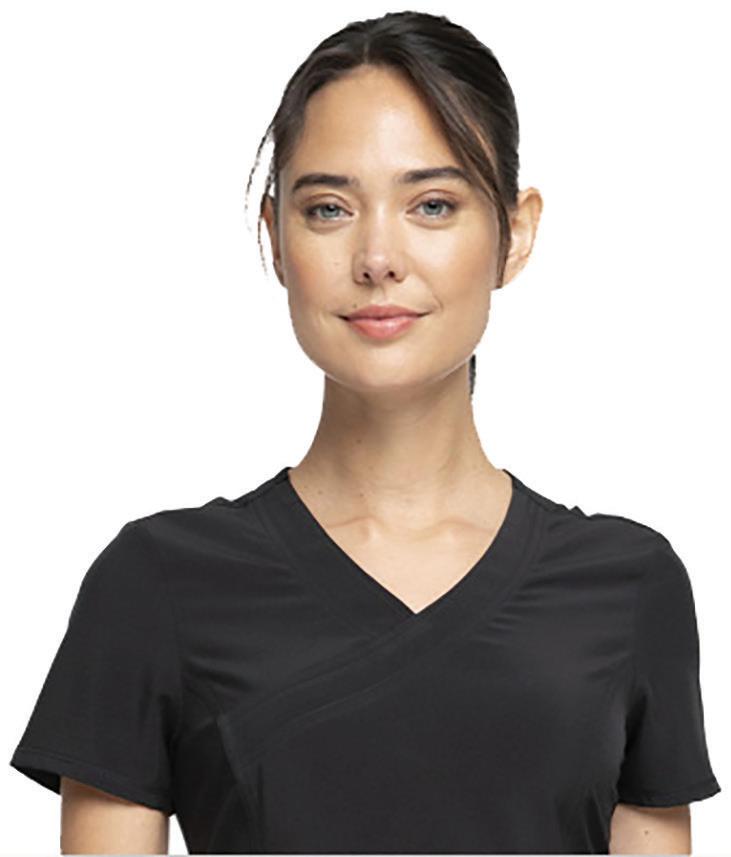
1 minute read
MEDICALEXAMINER
hazard.
UV radiation is a known human carcinogen. Solar UV radiation, as well as UV rays from indoor tanning beds, are the leading cause of two common types of skin cancer, basal cell carcinoma and squamous cell carcinoma. A history of severe sunburns, or just one blistering sunburn in childhood, increases the chances of developing skin cancer including melanoma, the most dangerous type of skin cancer.1,2 A sunburn provokes an inflammatory response.3 A tan is a sign that your skin cells have been damaged by too much UV radiation.4
Tools at Your Fingertips augusta.edu/cancer/community
Golfers are not immune. Neither are caddies, the gallery, nor groundskeeping crews. They all share one thing in common: exposure to the sun’s ultraviolet (UV) rays. One in five people will get skin cancer in their lifetime in the U.S., and golfers are at higher risk for this leading cancer, given their early and constant exposure to UV rays. In fact, anyone whose job requires they work outdoors for six or more hours a day, particularly during mid-day when the sun is most intense, are subjected to this workplace
Besides providing the outside temperature, your smartphone weather app holds another important forecast, the UV Index. The colorcoded Index, a measure of UV intensity and exposure in your location, ranges from 1 to 11+ and offers corresponding sun safety tips (see below). Regularly checking the UV Index can prompt you to be smarter about protecting your skin from harm by taking action.
Be Sun Smart, Skin Safe
Avoiding sun exposure during the hottest parts of the day, wearing protective clothing such as wide-brimmed hats, long sleeved shirts, and Ultraviolet Protective Factor (UPF)











